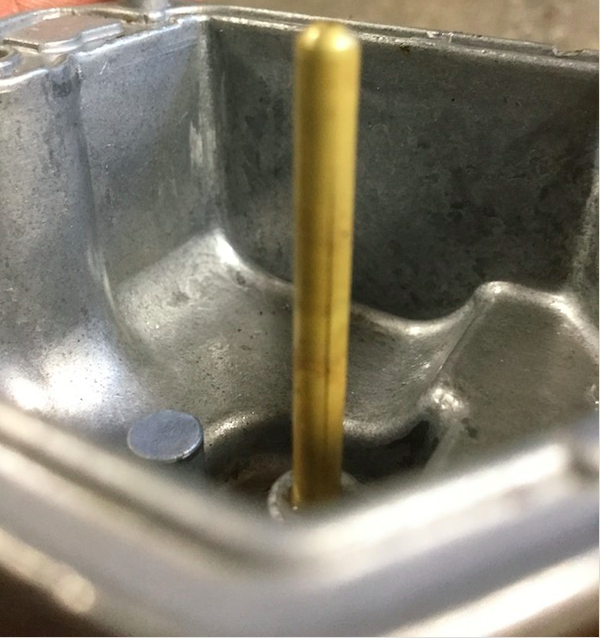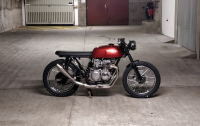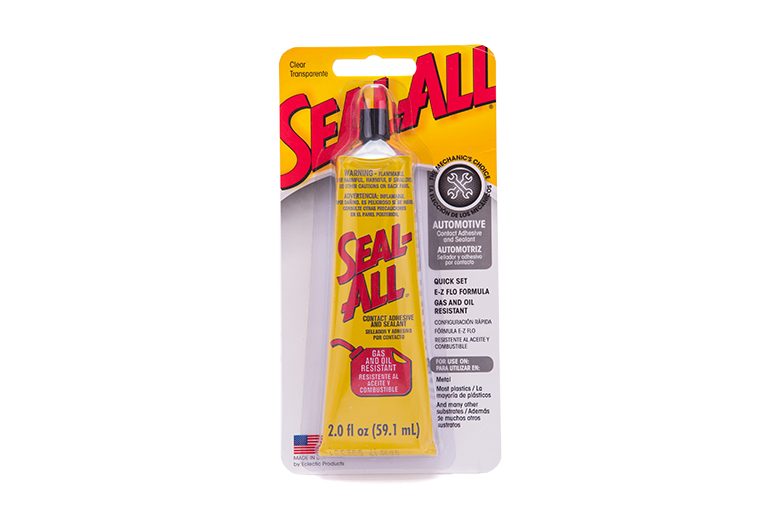tahitianrider
Been Around the Block
Hi everyone,
I'm currently finishing my '73 CB350F scrambler build but still have problems with the carbs.
The bike was a barn find that didn't run for 30years, I managed to restart it, I entirely rebuilt the carbs using a full rebuild kit, they were also ultrasonic cleaned 6 times.
However I still have trouble withe the carbs leaking from the bottom brass tube of the bowls, which is the overflow exit. So my first guess was bad float height of bad float needles. The float needle & valve from the rebuild kit did seem a bit different from the stock one, with a stiffer spring on the needle but also a much shorter spring travel that the stock one.
So I installed back the stock one that were still in great shape.
The float height on the CB350F is supposed to be 21mm, but it overflows like crazy. So I increased it a lot, maybe 30mm! And it stills overflows... less, but still overflows a bit. It does affect more 2 of the 4 carbs than the 2 others.
Any guess on what should I do? increase float height even more? buy some new (better quality) floats needle & valves?
Thanks for the help!
I'm currently finishing my '73 CB350F scrambler build but still have problems with the carbs.
The bike was a barn find that didn't run for 30years, I managed to restart it, I entirely rebuilt the carbs using a full rebuild kit, they were also ultrasonic cleaned 6 times.
However I still have trouble withe the carbs leaking from the bottom brass tube of the bowls, which is the overflow exit. So my first guess was bad float height of bad float needles. The float needle & valve from the rebuild kit did seem a bit different from the stock one, with a stiffer spring on the needle but also a much shorter spring travel that the stock one.
So I installed back the stock one that were still in great shape.
The float height on the CB350F is supposed to be 21mm, but it overflows like crazy. So I increased it a lot, maybe 30mm! And it stills overflows... less, but still overflows a bit. It does affect more 2 of the 4 carbs than the 2 others.
Any guess on what should I do? increase float height even more? buy some new (better quality) floats needle & valves?
Thanks for the help!







